Wine or Bread Yeast: What’s the Real Difference?
Wine yeast and bread yeast might seem like close relatives in the fermentation family, but each has unique qualities worth knowing about.
Tiny organisms play vastly different roles despite their similar appearance under microscopes.
The magic behind a fine cabernet requires specialized strains that tolerate higher alcohol levels than what makes our morning toast rise perfectly.
Many home brewers wonder if substituting one for another might work in a pinch - sometimes it can, with notable differences in the final product.
Scientists have specifically developed certain yeast strains over centuries to enhance distinct characteristics in both bread and wine.
Most enthusiasts agree that using the right type makes all the difference between disappointing results and spectacular success.
Ready to dive deeper into the fascinating world of these microscopic powerhouses and how they transform simple ingredients into culinary treasures?
What Is Yeast?
Yeast is a single-celled fungus used in baking and brewing as a natural leavening agent. It ferments sugars, producing carbon dioxide that makes dough rise and creates a light, airy texture, while also adding flavor and aroma to baked goods.
Yeast has been used for thousands of years, with ancient Egyptians among the first to use wild yeast to ferment bread and beer over 4,000 years ago. Over time, yeast cultivation improved, leading to the modern varieties: active dry, instant, and fresh yeast, each suited for different baking needs.
The Overview of Wine Yeast
Wine yeast refers to specific strains of yeast, primarily from the species Saccharomyces cerevisiae, that are used to ferment grape juice or other fruit juices into wine.
Unlike baking yeast, which is optimized for rapid carbon dioxide production to leaven dough, wine yeast is selected for its ability to efficiently convert sugars into alcohol and carbon dioxide over a longer fermentation period, while also contributing desirable flavors and aromas to the finished wine.
Wine Yeast Varieties
People across the world choose this specific yeast for winemaking because it tolerates high alcohol environments perfectly. Nearly 150 different varieties exist in both liquid and powder forms, with each type carefully designed for specific wines based on their unique flavor profiles and fermentation abilities.
Here are some common wine yeast varieties:
The Guide to Bread Yeast
Bread yeast, also called baker or baking yeast, serves as a key leavening agent in many bakery products. This special strain releases carbon dioxide and ethanol, helping dough expand and rise properly.
Many factors in your baked goods depend on yeast, including the quality of the crumb and the final size of loaves. The wonderful aroma, texture, and fineness of bakery items come from ketones in the yeast reacting with heat during baking.
Behind the scenes, kneading plays a crucial role in how yeast works its magic on rising dough.
Unlike other types that may be harder to track down, bread yeast sits on many store shelves ready for your next kitchen project.
The widespread availability makes it a go-to choice when you need to whip up something tasty on short notice.
Types Of Bread Yeast
Bread yeast is available in both dry and wet types, each offering different benefits based on your baking project. Here are 3 common ones.
It hydrates quickly and must be activated in warm water before mixing into dough. It’s widely available and can last up to a year if sealed properly.
It’s best for daily use and not ideal if you don’t bake often.
Wine vs Bread Yeast: What Sets Them Apart
Selecting the right yeast makes all the difference in your brewing or baking project. Wine and bread yeasts share some traits but differ in important ways that affect your results.
The comparison table demonstrates exactly how each yeast are different.
| Feature | Wine Yeast | Bread Yeast |
| Alcohol Tolerance | High, up to 17-18% (e.g., Mangrove Jack SN9) | Low, up to 8% |
| Fermentation Rate | Slow fermentation; takes weeks to months; first signs in ~24 hours | Fast fermentation; minutes to hours depending on product |
| Survival Mode | Can be active or inactive when unused | Always alive and ready to use |
| Nutritional Value | Inactive form edible; good source of B vitamins and minerals; active form not safe to consume | Same as wine yeast; active form not safe to consume |
| Interchangeability | Can be used for baking but may produce bread with alcoholic or estery flavor | Can be used for winemaking but yields low alcohol and bread-like taste; not ideal for quality wine |
Alcohol Tolerance
Yeast has a limit for how much alcohol it can handle during fermentation, known as alcohol tolerance. When the alcohol level goes beyond this point, the yeast simply shuts down and stops working.
Wine yeast typically handles much more alcohol than bread yeast, with most wine yeasts surviving in up to 17% alcohol solutions. Certain specialized strains like Mangrove Jack SN9 can even function in environments with 18% alcohol content.
This difference explains why bread yeast isn't suitable for making high-alcohol beverages, while wine yeast has been specifically developed to keep working in alcohol-rich environments.
Fermentation Rate
Fermentation speeds vary greatly between these yeasts, with wine yeast taking its time to release gas during a slow process that might stretch from weeks to months or even years. Patience is necessary since the first bubbling signs may not appear for up to 24 hours.
Bread yeast, however, works much faster with its hyperactive gas production perfect for quick rises. Depending on what you're baking, this speedy performer completes its job anywhere from just 15 minutes for no-time dough recipes to about 8 hours when making artisan loaves.
The distinct fermentation timelines make each yeast ideal for completely different culinary projects.
Survival Mode
Yeast's survival mode indicates if it's still alive when used, with wine and bread varieties showing different statuses. Wine yeast doesn't have a consistent state - it may be active or inactive while not being used.
Bread yeast, on the other hand, remains consistently alive and ready for action. Both types need proper activation before they can perform their magic, regardless of whether you're making bread or wine.
The table above clearly shows these survival differences between the two kinds of yeast, which explains why each requires specific handling methods during preparation. This distinction becomes important when selecting the right type for your kitchen projects and understanding how to store them properly between uses.
Nutrition Value
Yeasts can serve as a nutritional supplement when inactive, with both wine and bread varieties being edible in this state. The taste might not meet your expectations, but dead yeast offers plenty of benefits.
As a good source of B vitamins, minerals like zinc, manganese, selenium, and proteins, it can boost your diet when consumed moderately. For the best quality, nutritional yeast made specifically for dietary purposes stands out as the top choice.
Raw active yeasts, however, should never be eaten directly. These living organisms can remain in your intestines after consumption and potentially cause serious health problems.
The risks of consuming live yeasts far outweigh any possible advantages, so it's best to let them fulfill their intended roles in baking bread and brewing drinks instead.
Interchangeability
People often wonder if bread and wine yeasts can be swapped when making homemade goods. The answer might surprise you - these tiny organisms have different jobs for good reasons.
Bread yeast creates carbon dioxide that makes dough rise, while wine yeast turns sugar into alcohol with specific flavors. Trying to use bread yeast for wine usually leads to strange tastes and lower alcohol content.
On the flip side, wine yeast in bread doesn't create enough lift for a proper loaf. Both types have their special purposes based on centuries of careful selection.
Next time you're planning a baking or brewing project, remember that choosing the right yeast makes all the difference between disappointing results and something truly delicious.
Ways to Activate Bread Yeast
Before starting your baking project, make sure to activate or proof your yeast unless you're using the instant variety. This essential step checks if your yeast is still alive and ready to work its magic in your dough.
Step 1: To activate dry bread yeast, mix it with warm water and sugar. Stir well, then let it sit at room temperature for 5–10 minutes.
Step 2: If the yeast mixture doubles in size, it’s active and ready to use. If not, wait another 5–10 minutes.
If there’s still no growth, start over with fresh yeast.
Step 3: Once activated, add the yeast mixture to your recipe.
Bread yeast activates quickly, making it perfect for fast fermentation.
Ingredient
Getting your yeast ready is a breeze with just a few simple items from your kitchen. Before starting, grab a bowl with
Many people don't realize that each package might have about 25% inactive yeast cells, but don't worry - this won't ruin your baking adventure.
Most batches turn out perfectly fine despite this, so there's no need to toss that jar or packet sitting in your pantry. The whole activation process happens without any fancy equipment or complicated steps, making it perfect for both first-time bakers and experienced bread makers who want consistent results every time.
How to Rehydrate Wine Yeast
Wine yeast activation remains a key process for home brewers, though it requires more patience than regular bread yeast. Most beginners feel intimidated at first, but the steps are actually straightforward.
Without A Starter
You can activate wine yeast with or without a starter; here’s how to do it without one.
Ingredients:Use about a 5:1 water-to-yeast ratio, but exact measurements aren’t critical.
Instruction:
With A Starter
This method follows the same activation steps as before, but adds ½ cup (118 ml) of strained must or pre-sweetened fruit juice as a starter.
Instruction:
Step 1: Dissolve the wine yeast in warm water and let it rest for 30 minutes.
Check for bubbles to confirm activity.
Step 2: In a sanitized container, mix ¼ cup (59 ml) of pre-sweetened juice or strained must with the yeast mixture.
Step 3: Cover and let sit for 4 hours. Then add another ¼ cup (59 ml) of juice, seal, and wait another 4 hours.
After this, the yeast is ready to ferment with the must.
Can You Substitute Wine Yeast for Bread Yeast (and Vice Versa
You can substitute bread yeast for wine yeast, but the results won’t be the same. Bread yeast has a lower alcohol tolerance (up to 8%), so it may stop fermenting in wine with higher alcohol content, leading to a sweeter, less alcoholic drink with bread-like flavors.
Conversely, using wine yeast for baking bread is possible but not ideal. Wine yeast ferments slower and produces higher alcohol levels, which can give the bread an unusual alcoholic or fruity taste and affect its rise and texture.
For best results, it’s recommended to use each yeast type for its intended purpose.
Common Mistakes When Using Wine Yeast or Bread Yeast
Ignoring Alcohol Tolerance: Using bread yeast in high-alcohol environments will stop fermentation prematurely.
Tips to Choose the Right Yeast for Your Recipe
Got Questions? We’ve Got Solutions
1. Can I use bread yeast to make wine?
You can use bread yeast to make wine, but it won't produce the same quality as wine yeast. Bread yeast has lower alcohol tolerance (14% maximum) and may create off-flavors in your wine.
2. How long does wine fermentation take with different yeasts?
Wine yeast typically completes fermentation in 10-15 days, while bread yeast can take 20-30 days for the same batch size. Wine yeast works more efficiently in converting sugars to alcohol.
3. Will wine made with bread yeast taste good?
Wine made with bread yeast often has a "bready" flavor profile and might taste slightly yeasty. Wine yeast produces cleaner flavors that highlight the fruit characteristics better.
4. Is wine yeast more expensive than bread yeast?
Yes, specialized wine yeasts cost more than bread yeast. A packet of wine yeast typically costs $1-5, while bread yeast is around $0.50-1 per packet, but the quality difference is usually worth the extra cost.
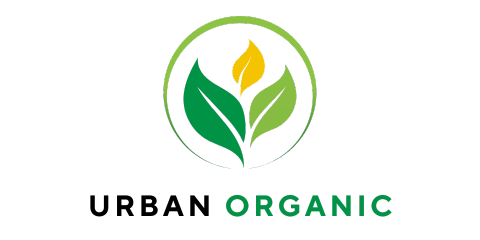
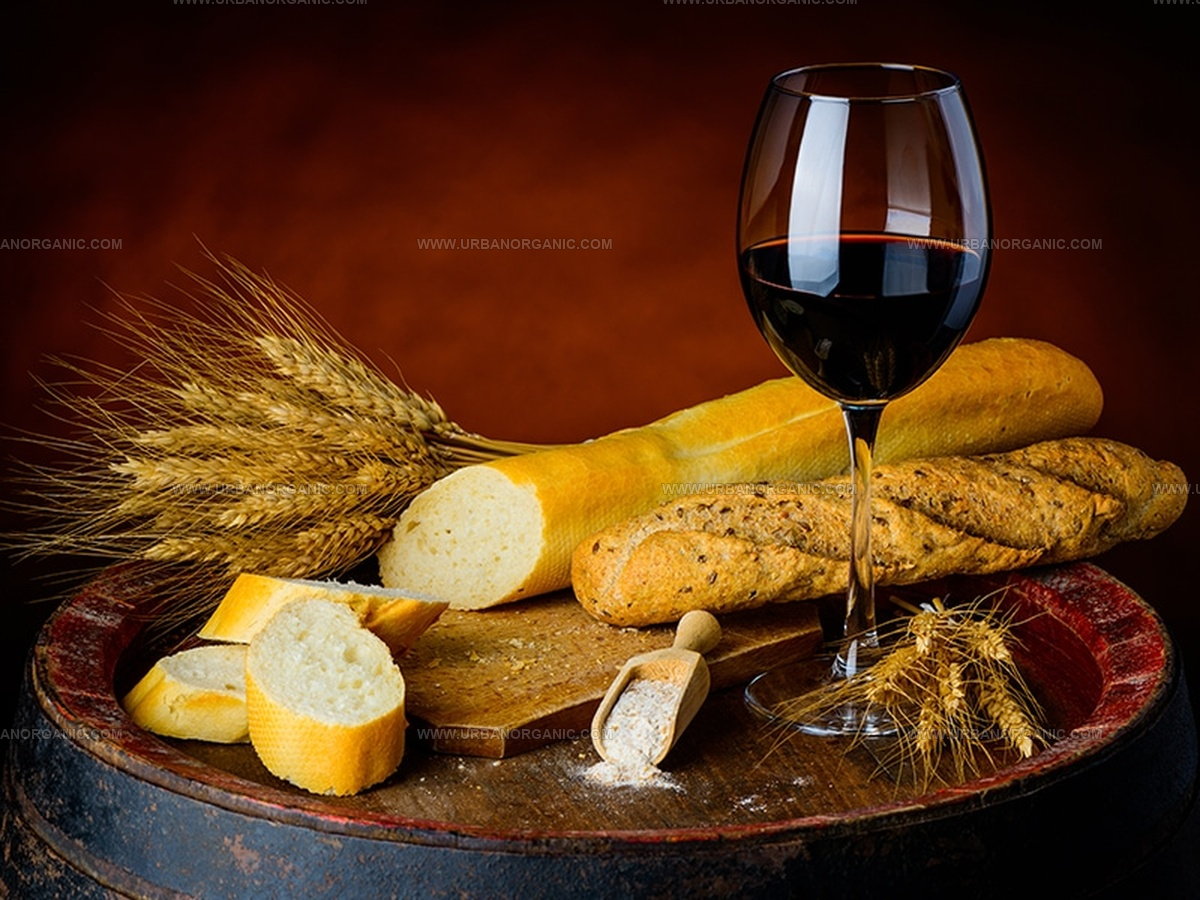
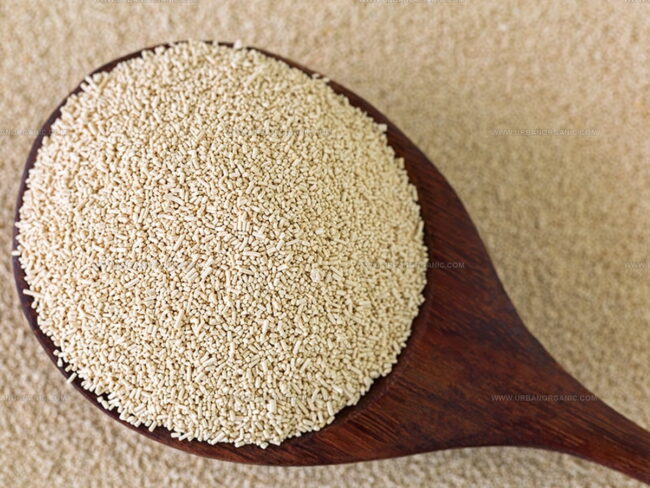
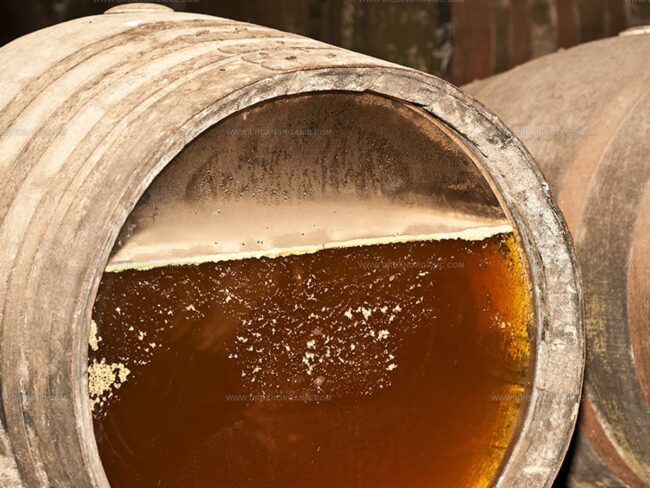
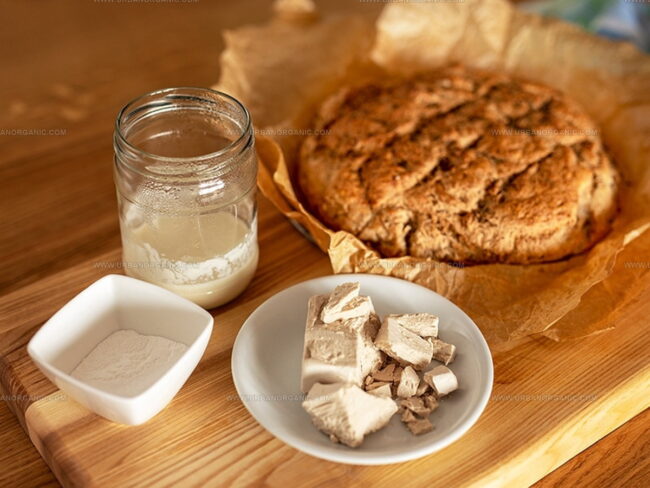
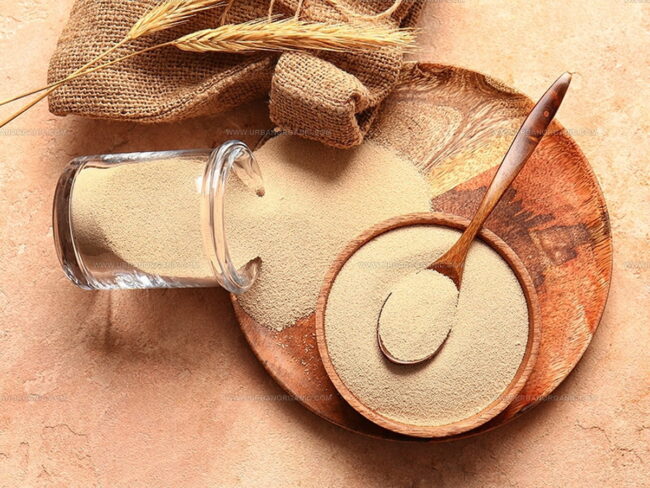
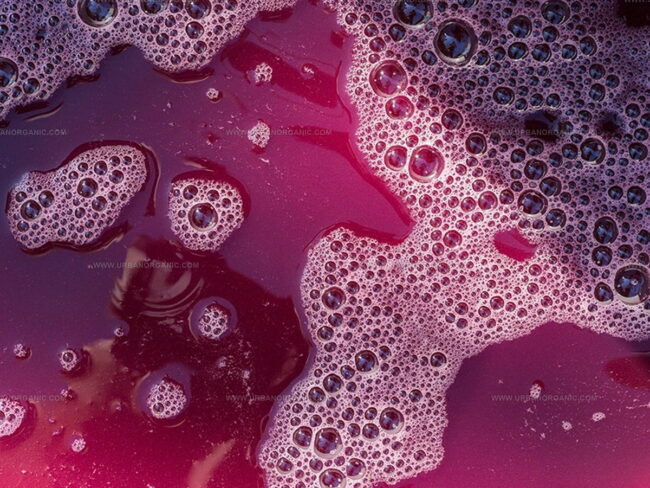
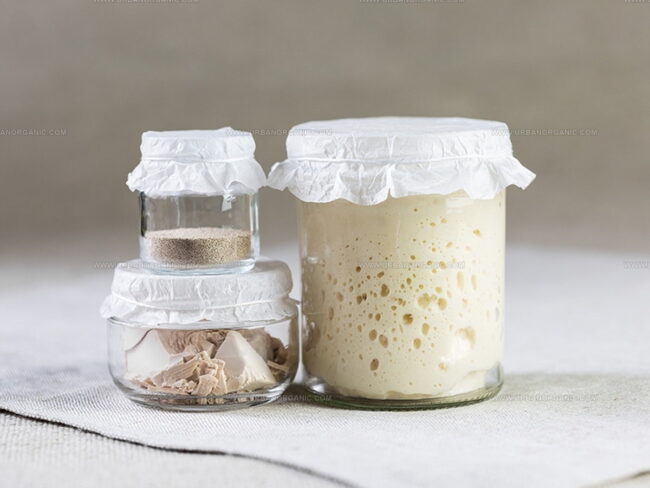
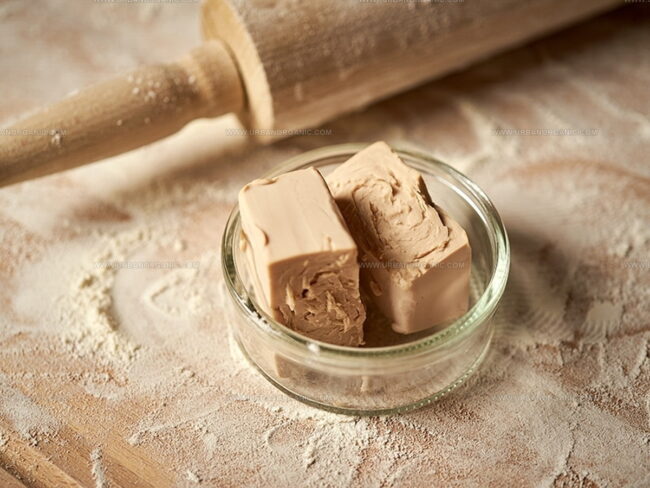
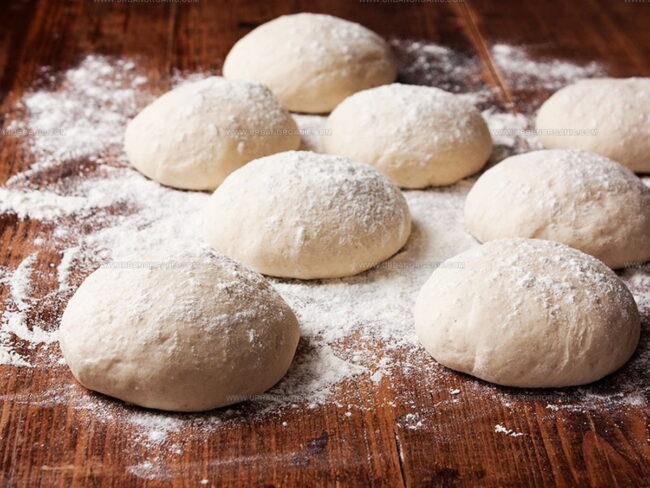
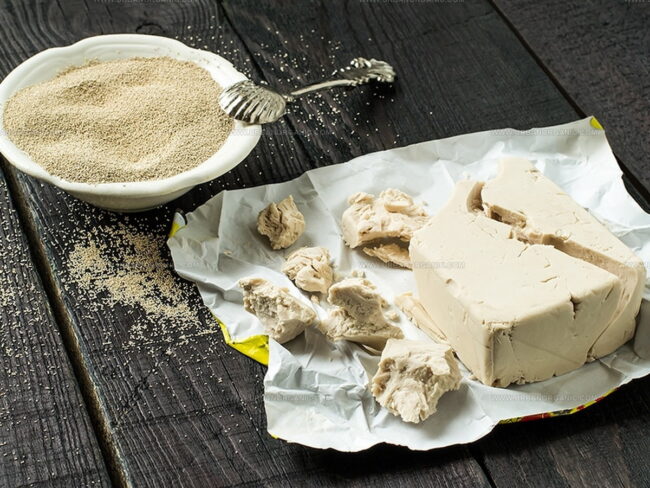
Michael Thompson
Founder & Culinary Director
Expertise
Classical & Contemporary Cooking Techniques, Global Cuisine Appreciation, Nutrition & Menu Engineering, Sustainable Cooking Practices, Farm-to-Table Cuisine
Education
Southwestern Oregon Community College
Michael grew up in Oregon, where he learned early that food tastes better when it’s fresh, local, and made with care.
After earning his degree from the Southwestern Oregon Community College, he focused his career on teaching others how to cook with the seasons, reduce food waste, and reconnect with what’s on their plate.
Michael keeps his cooking simple, sustainable, and full of flavor. His favorite part of the process? Watching people realize how easy and satisfying it can be to cook a single great meal from scratch.